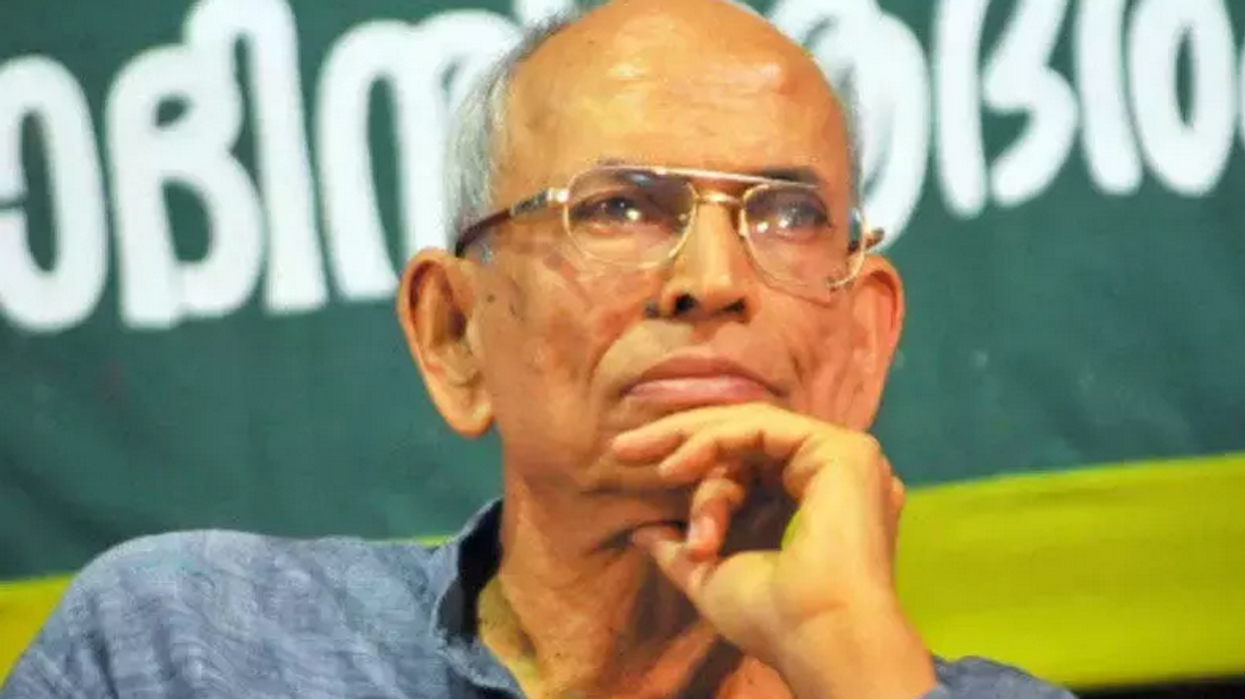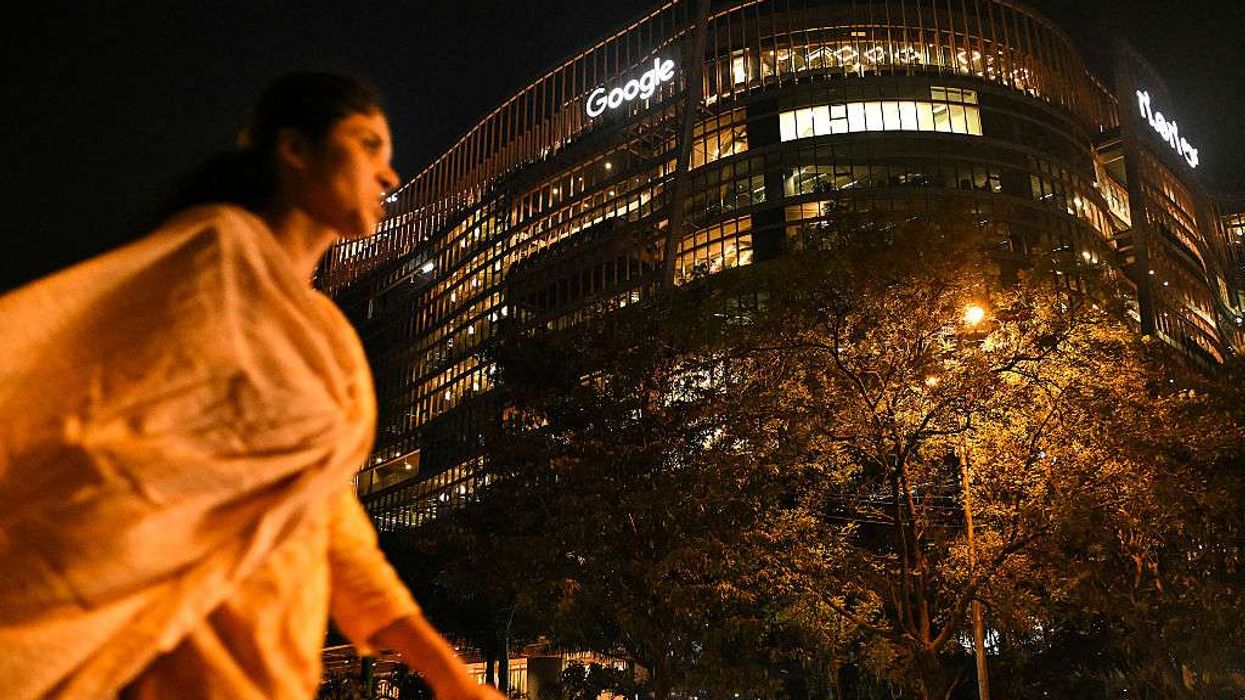As the situation in Delhi deteriorates, some of the relief shelters have been inundated, compounding the misery of the evacuees.
At a relief camp located in Old Delhi's Yamuna Bazar, all the tents are now submerged, compelling the residents to find alternative, drier grounds.
On Thursday (13), the area had been completely dry, prompting authorities to establish a shelter in Yamuna Bazar for the evacuation of individuals living in low-lying regions.
With their homes submerged, thousands of people sought refuge in temporary shelters set up by the government across different parts of Delhi.
However, the crisis intensified, as some of these relief camps have gone under water, further exacerbating the plight of the evacuees.

According to a government statement, approximately 2,700 centres/tents were established, accommodating around 27,000 individuals who registered for shelter in these camps, New Delhi Television Limited (NDTV) reported.
But despite the efforts, those staying in the relief camps are facing significant challenges in accessing basic necessities like food and water, with some enduring long queues just to secure a meal.
Inside the overcrowded relief camps, the scene is chaotic, with people squeezed together in cramped spaces, surrounded by their meager belongings, including pots, pans, and clothes hanging on lines to dry.
The flooding crisis in Delhi is attributed to unusually heavy rainfall in New Delhi and other northern states, causing the water levels of the Yamuna River to reach an all-time high on Thursday.
Though the water levels has begun to recede slowly, parts of Delhi remain inundated due to some jammed flood gates at a barrage on the swollen river.
Chief minister Arvind Kejriwal assured the public that the Yamuna was receding slowly, and the situation would likely normalise if heavy rain did not persist.
However, he also emphasised that the threat of floods has not completely subsided.
On Friday (14), following three days of continuous rise, the water level in the Yamuna finally started receding, according to media reports.
And by 6 pm on Saturday (15), the water level had come down to 206.92 metres from its peak of 208.66 meters at 8 pm on Thursday. But despite the decline, it remained above the danger mark of 205.33 metres, keeping the city on alert for potential further consequences.
Additionally, on Saturday, the weather department issued a warning of light to moderate rainfall in the Delhi-NCR region.
Meanwhile, in the wake of the disaster, a blame game has erupted between the ruling Aam Aadmi Party (AAP) and the Bharatiya Janata Party (BJP).
Both parties have accused each other of contributing to the flood-like situation in Delhi.
The AAP has alleged a conspiracy against the people of Delhi and pointed fingers at the BJP governments in Haryana and at the Centre. In response, the BJP sharply retorted, criticising Kejriwal's handling of the crisis.












